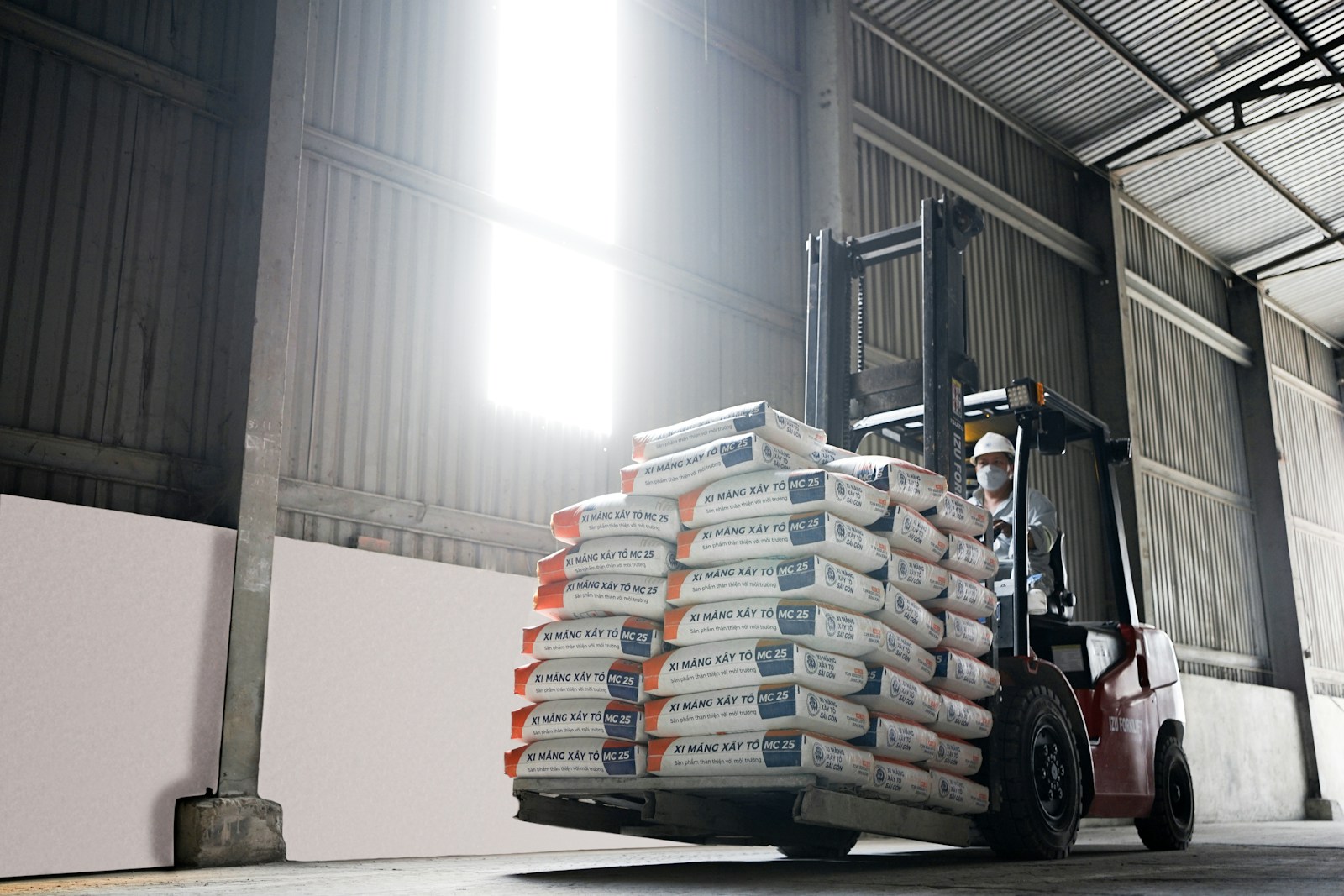How Much Can A Telehandler Pick Up?
Telehandlers, or telescopic handlers, are versatile lifting machines commonly used in agriculture and construction. They offer a unique combination of power and range, making them indispensable on many job sites. As such, let’s explore telehandlers’ lifting capacities, helping users understand how much these powerful machines can handle and under what conditions.
What Is the Lifting Capacity of a Telehandler?
Telehandlers can lift from as little as 11,000 pounds to over 33,000 pounds. The lifting power highly depends on the boom’s extension and the angle at which the load is hoisted. Manufacturers provide specific charts that outline the capacities at various heights and extensions, ensuring operators can use the equipment within safe operational limits. For instance, if you want to explore the lifting capacity of other cities, like Denver, for your specific needs without the commitment of a purchase, consider telehandler rental options in Denver.
They offer various telehandler rental services, providing various models to match specific project requirements, from compact designs for tight urban construction sites to heavy-duty models for industrial projects. Nevertheless, whether you’re handling smaller loads at a residential construction site or larger industrial materials, selecting the right telehandler ensures efficiency and safety.
Factors Affecting Lifting Capacity
Several factors influence a telehandler’s lifting capacity. Operators must understand these factors to ensure safe and effective usage.
- Boom Angle and Extension: The position of the boom significantly affects lifting capacity. Fully extending the boom or operating at a steep angle reduces the weight the telehandler can safely lift.
- Load Weight and Balance: Properly securing and balancing the load is critical. Uneven weight distribution can destabilize the machine and reduce its effective capacity.
- Machine Stability: To maintain stability, telehandlers rely on stabilizers, outriggers, and counterweights. Uneven terrain or improper use of these features can limit lifting capacity.
- Model Specifications: Different telehandler models have unique load charts indicating maximum lifting capacities under various conditions. Always refer to the manufacturer’s guidelines for accurate information.
How Can You Choose the Right Telehandler for Your Needs
Selecting the right telehandler for your needs requires considering factors such as lifting capacity, reach, and the specific tasks it will perform.
- Assess Job Requirements: Evaluate the telehandler’s maximum load weight and height. Heavy-duty models are better suited for large-scale construction, while compact models are ideal for indoor tasks.
- Consider Attachments: The type of attachment used can affect lifting capacity and versatility. Ensure the chosen telehandler is compatible with the required attachments.
- Compare Rental vs. Purchase: Renting a telehandler may be more cost-effective for short-term projects. However, frequent use justifies the investment in ownership.
Understanding these considerations ensures you select the most suitable telehandler for your operations.
The Takeaway
Telehandlers are versatile and powerful machines capable of lifting loads ranging from 5,500 to over 33,000 pounds. Factors such as boom angle, load balance, and machine stability are critical in determining lifting capacity. By understanding these factors and adhering to safety practices, operators can maximize efficiency and minimize risks.
Whether working on a construction site or in agriculture, selecting the right telehandler for the job is essential. Always refer to the manufacturer’s guidelines and ensure proper operator training. By doing so, you can harness the full potential of telehandlers while maintaining a safe and productive work environment.





